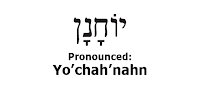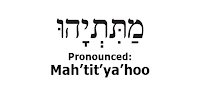Letter Twins Shin/Sin


The letter shin/sin is unique in that the two versions of this letter are mirror images of each other. The difference is in the dot that floats above the letter. If the dot is to the right of the letter, then it is a shin and makes a “sh” sound. If the dot is to the left of the letter, then it is a sin and makes an “ssss” sound. The shin is more common than the sin.
The name of the letter, shin, is related to the word shain, which means tooth. In its calligraphic form as used in the Torah scroll, each of the three prongs of the shin has a cap, making them look like molars.
However, the shape of the shin/sin also can be seen as an allusion to the word shamayim, heavens, (which begins with the letter shin). During the process of creation, God took the water that covered the earth and split them. He set half in the firmament (meaning atmosphere) and half upon the earth. The water set in the firmament became part of shamayim. When a shin is written properly, one can imagine a vertical mirror image interlocking the two shins. The shin that is visible is the water of earth; the unseen shin is the water of heaven. The arms of the shin are perpetually reaching up to receive those waters.
When used as a prefix, the letter shin becomes the word “that” or “who.” For instance, ha’eesh sheh’rotzeh et ha’lechem means “the man who wants the bread.”
The letter shin/sin has the numeric value of 300.
Bibliographical acknowledgment: The Wisdom In The Hebrew Alphabet: The Sacred Letters as a Guide to Jewish Deed and Thought. By Rabbi Michael L. Munk. Mesorah Publications, 1983.


Comments
Post a Comment